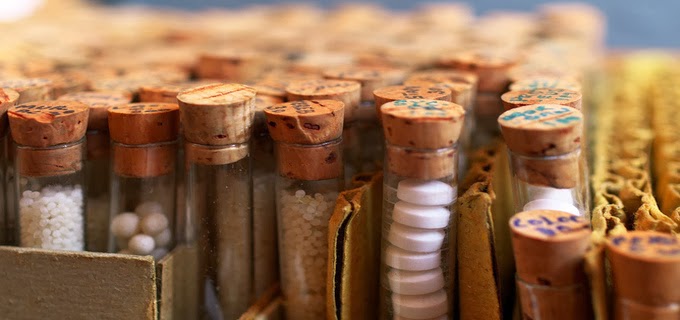Dioscorea is prepared from the thick voluminous root of the
wild yam plant that commonly grows in Africa. Dioscorea is an
important, commonly used medicine. It best works on the gall bladder, especially on biliary
colic associated with stones in the gall bladder,
if other symptoms of Dioscorea are present.
A peculiar sign is that the colicky pain may be over the gall bladder or
on any part of the abdomen. It becomes worse on pressure, while yawning
relieves the pain by decreasing pressure on the affected area.
The dysentery is associated with severe gripe. The patient of
Dioscorea feels better on walking about because it
relieves the pressure inside the abdomen. The pain radiates towards the back
and the shoulders like waves. In Dioscorea, the
pain is always of radiating nature. The spastic pain of the gall
bladder (colic) can be referred over the chest and to the shoulders or even on
the arms and the hands. The pain of renal colic usually refers towards the
liver. Similarly, the severe pain of
the piles also radiates towards the liver.
The colicky pain of the stomach radiates towards the heart. Dioscorea is
useful in all such symptoms and ailments. Until the proper treatment for the
gall bladder becomes known, I always include Dioscorea as an essential part of
my formulary. In Cactus too, the
radiation of the undulating type of pain from the affected area to other organs
is a essential symptom. But, the diagnosis of Cactus is based on different
symptoms altogether, for example, waves of pain produced by spasm in the
membranes of the brain or external organs radiating down to the big toe.
Dioscorea is a panacea for the ill effects of the excessive drinking of
tea.
A Dioscorea patient passes foul smelling gas. In the morning, the taste in the mouth is bitter along with the formation of
white thick crust on the tongue. Dioscorea is also useful in the
treatment of neurogenic type of pain in the abdomen. Its patient remembers and recalls the names of the objects incorrectly. There is mild
pain over both the temples, which gets better on light pressure.
In Dioscorea, bleeding
piles also occur. The piles are in the form of large bunches of red
grapes. There may be diarrhoea, which is worse in the morning. There is a
feeling of burning at the time of defaecation. The Dioscorea patient feels his
chest is tight and tense. He cannot
expand his chest to its full extent so his breathing is shallow. The
fingernails are brittle and break easily. The symptoms of Dioscorea become
worse in the evening, on lying on the stomach or on bending forward. On standing
upright or on walking slowly, and with application of light pressure, the
symptoms get better. Chamomilla and
Camphor are its antidotes.





